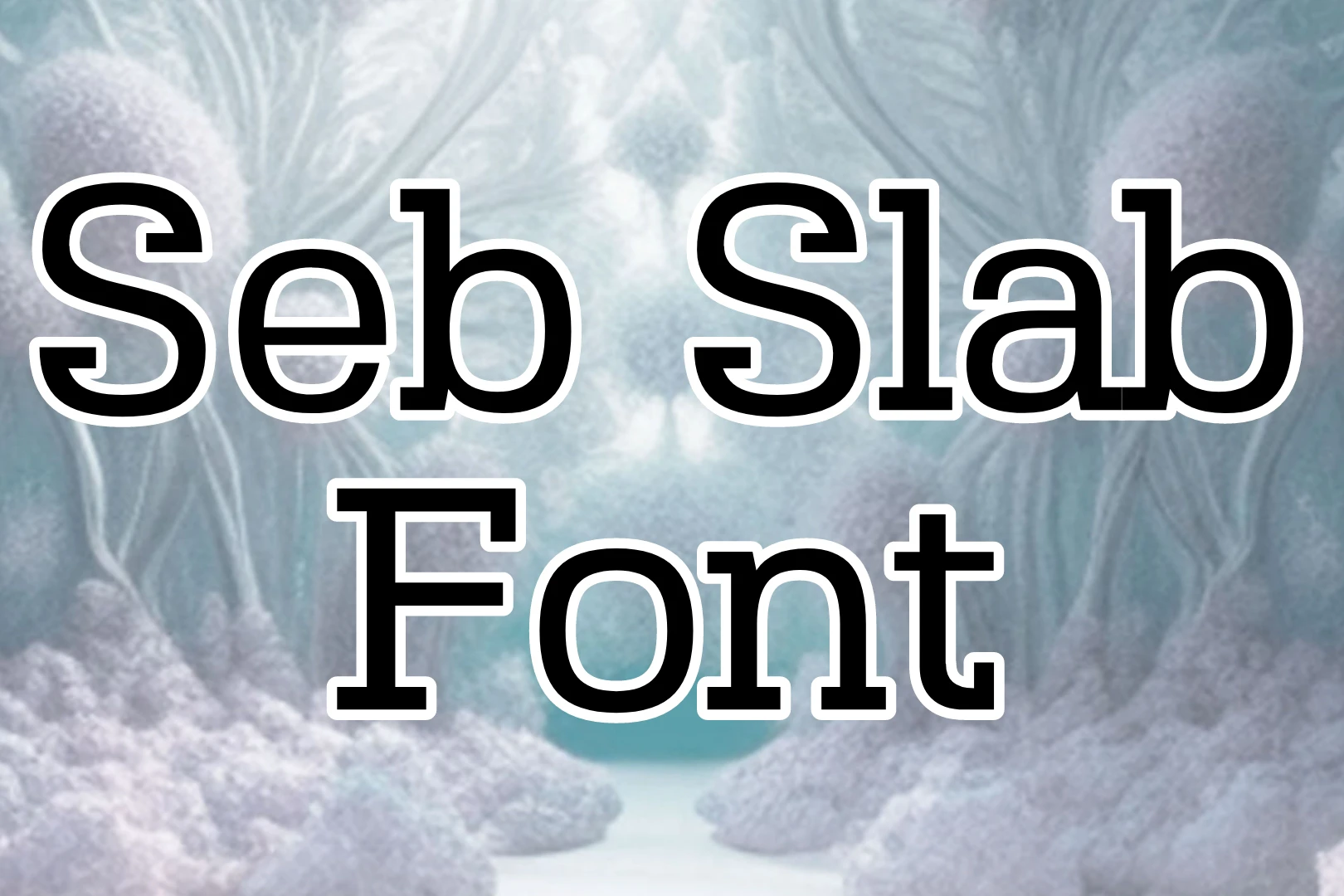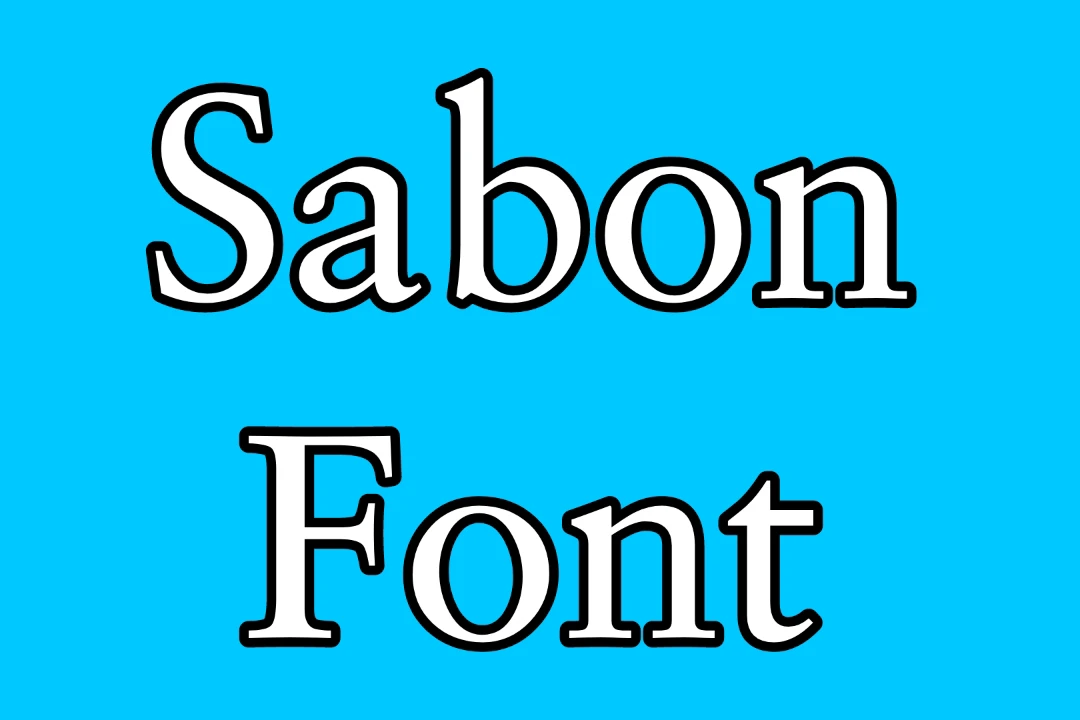Charter Font was created by Matthew Carter in 1987 and has remained a staple in the typographic landscape, revered for its legibility, balance, and aesthetic appeal. It belongs to the serif texture family and comes in OTF and TTF file formats.
As you embark on your journey with this Font, prepare to be captivated by its timeless charm and adaptability. Whether you’re designing a magazine layout, creating a corporate identity, or crafting a user-friendly website, it offers the perfect balance of style and functionality to bring your vision to life.
Charter Font: A Timeless Typeface for Modern Design
At the heart of this Font lies a rich legacy of craftsmanship and innovation. Developed by type design luminary Matthew Carter, this Font was first released in 1987 as a part of the pioneering digital font collection by Bitstream Inc. Drawing inspiration from classic serif typefaces such as Times New Roman and Baskerville, Carter sought to create a versatile and legible font that would excel in both print and digital environments.
Unleash Your Creativity with Charter Font
With its extensive character set, robust kerning, and meticulous hinting, It offers unparalleled versatility and performance across various design applications. Whether you’re designing a corporate brochure, crafting an elegant invitation, or typesetting a scholarly manuscript, this Font delivers exceptional clarity and readability, ensuring that your message resonates with your audience.
View Image of Charter Font

Charter Font Free Download
Ready to elevate your designs with the timeless elegance of this Font? Download it for free from the following trusted sources:
FAQs!
What is Charter Font?
This Font is a classic serif typeface designed by Matthew Carter in 1987, known for its elegance and readability.
Is Charter Font free to use?
Yes, It is available for free for personal and commercial use, with proper attribution.
Can I use Charter Texture for web design?
Absolutely! It is optimized for web use and performs well across various screen resolutions and devices.
Does Charter Textures support multiple languages?
Yes, This Font offers extensive language support, making it suitable for global audiences.
Can I modify the Charter Font for my projects?
While you can customize it for your projects, adhere to the font license terms and attribution requirements.
Is Charter Texture suitable for print projects?
Certainly! It is elegant serifs and balanced proportions make it an excellent choice for print materials such as magazines, books, and posters.
Where can I find more font weights and styles of Charter Font?
You can explore additional font weights and styles of this Font on various font repositories and foundries.
Is Charter Font compatible with design software like Adobe Illustrator and Photoshop?
Yes, It is compatible with popular design software, allowing you to integrate it into your creative projects seamlessly.
Can I use Charter typeface for commercial projects without purchasing a license?
Yes, it is free for commercial use, but reviewing the font license terms for specific usage guidelines is always a good practice.
Are there any alternatives to Charter Font?
While this texture is unique in its design, you may find similar serif typefaces such as Georgia, Garamond, and Times New Roman.
 Font Markina Words Talk When Styled
Font Markina Words Talk When Styled










